Spathiphyllum diseases and treatment methods
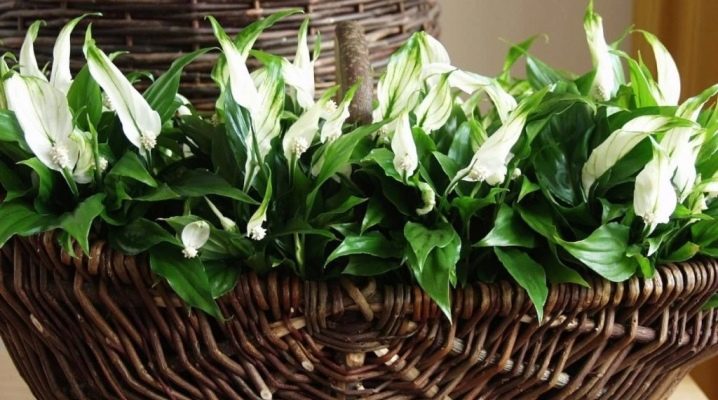
Spathiphyllum, whose second name sounds like "female happiness", is one of the most popular plants used for interior decoration. Despite the relative ease of maintenance, bushes often suffer from various diseases, which, of course, leads to a change in their appearance. How to deal with this is important for every florist to know.
Symptoms
In a healthy state, spathiphyllum has wide leaves covered with a rich green glossy skin, as well as graceful snow-white flowers. Therefore, the fact that something is wrong with the plant is quite simple to determine by the state of its parts. For example, Dangerous symptoms include blackening of the leaves in the edge zone, as well as the appearance of dark or brown spots on their surface. Yellowness and pale plates also indicate that spathiphyllum is sick. The same applies to the situation when the tip of the leaf dries up.
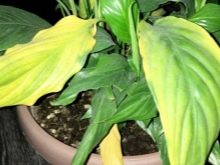
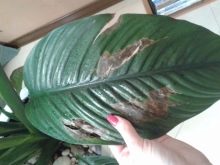
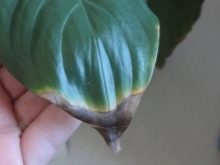
Abnormal is the absence of flowering or a condition when the flower grows poorly and practically does not develop.
Often, "women's happiness" becomes a victim of diseases immediately after arriving from the store. Firstly, in the store, flowers live in a substrate saturated with useful substances, but by the time of purchase, the soil may already come to a state of depletion. Secondly, the need to adapt to a new microclimate leads to a state of stress. As a result, the leaves wither and curl or change their color.
Many disease symptoms are the result of improper care, which, in turn, leads to the development of disease. When the air is too dry, the leaves of the spathiphyllum simply turn black. This usually happens during the transition to the heating season, when the humidity level in the room drops significantly.
Fortunately, the problem is eliminated quite simply - just install additional humidifiers next to the pots, and also introduce regular spraying of the flower twice a day.

Excessive watering leads to stagnation of moisture in the soil. As a result, the roots of the plant rot, and the leaves also darken. If decay is caused only by improper irrigation, it is enough to normalize the care system and additionally eliminate the dead parts of the spathiphyllum. If the leaves droop, then this, on the contrary, suggests that irrigation is not being carried out sufficiently. Most likely, it needs to be made more regular and just not allowed to dry out more than a third of the height of the container.

If the leaves become dry at the edges and then curl, then most likely the reason is hypothermia. The plant either suffers from a strong jump in temperature at night, or from drafts. In this case, the plates are covered with black spots with a yellow edging. If the spathiphyllum wilted and dropped the leaves, the problem is insufficient watering.
In this case, experts recommend changing the irrigation method used to lowering the flower pot into a container of room temperature water.
If the gardener sees that "female happiness" is dying because of blackening and then dying leaves, most likely, the flower has stood in the cold for a long time and is significantly frozen. Resuscitation should be stepwise and includes several important areas: from the removal of blackened parts to certain irrigation and feeding. Greening flowers are a symbol that they are withering.In this case, you do not need to do anything, just cut off the peduncle along with the inflorescence.
By the way, if an adult leaf turns yellow, turns black and then dies, this may turn out to be an absolutely natural phenomenon. "Women's happiness" throws off its already obsolete particles so that young and developing leaf plates remain.
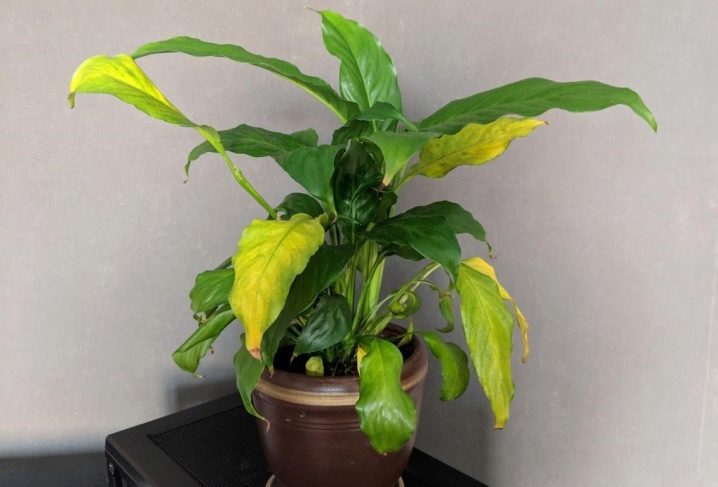
Common diseases
When spathiphyllum suffers from rot from the base, the symptoms appear in hard-to-reach places, so it often cannot be detected promptly. However, next the disease spreads upward: rot affects the leaves, which first begin to turn yellow, and then dry out. Sometimes only one part of the plant is affected, while the other remains green and healthy. In this case it is still important to determine the development of rot, otherwise it will move to the roots.
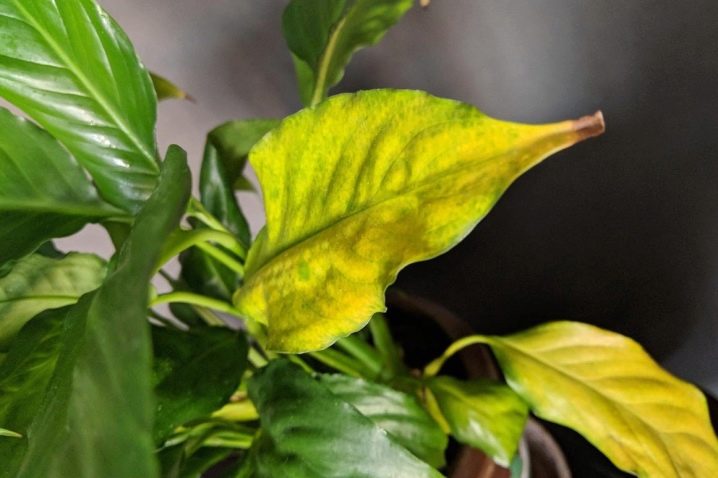
The causes of root rot include planting the flower in low acid soil, as well as excessive irrigation and inability for the soil to dry out. It will be possible to determine the disease by the state of the leaves - at first they turn pale, then they begin to turn yellow and fade. If you examine the roots, you will notice that they soften and become covered with scales.
Late blight manifests itself in the same way as rot coming from the base of the stems. The disease arises on the root collar of the flower and then simply follows upward, affecting all large areas of the spathiphyllum. Such a disease occurs due to a fungus that rapidly multiplies in moist soil.
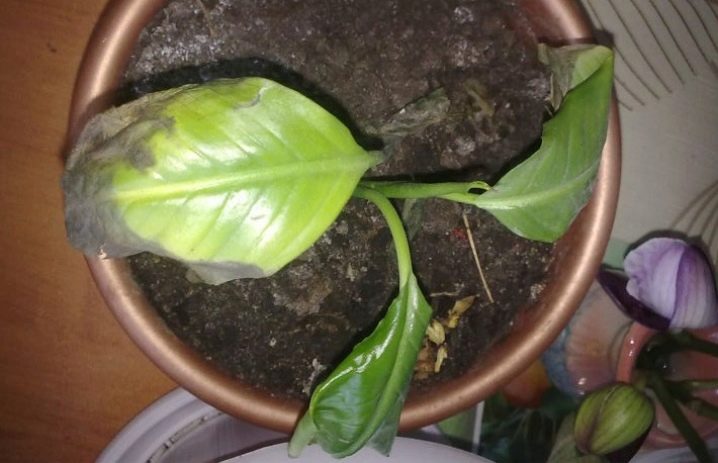
How to distinguish from pests?
No less often, "female happiness" is attacked by pests. If very small yellow specks appear on the leaves, which then lose their color and begin to dry, then we are not talking about diseases, but about a spider mite. The insects themselves live on the lower surface of the leaves, appearing from excessively high temperatures in the room. Yellow dots are a signal that it is time to treat the spathiphyllum with soapy water or mineral oil.
If the spots are already drying up, then you will have to use "Akarinna" or "Fitoverm".
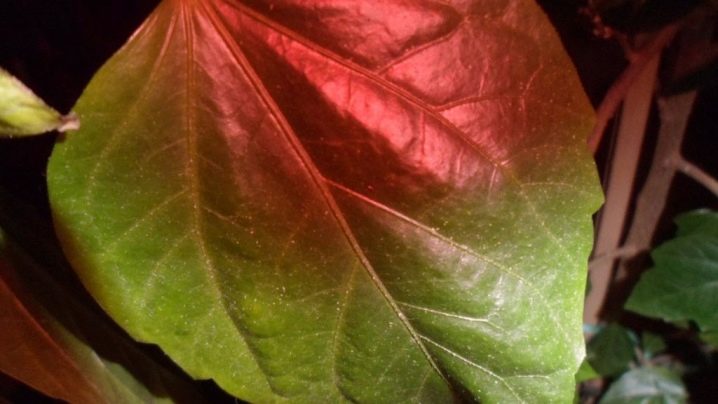
The impact of aphids comes to drying out and curling of the leaves, since this pest feeds on the sap of the plant. It also lives on the lower surface of this part. Again, you can fight aphids with soap treatments or by spraying nicotine sulfate dissolved in a liter of water. It is important to remember that when treating with soap, the soil must be protected with polyethylene to prevent exposure to the root system.
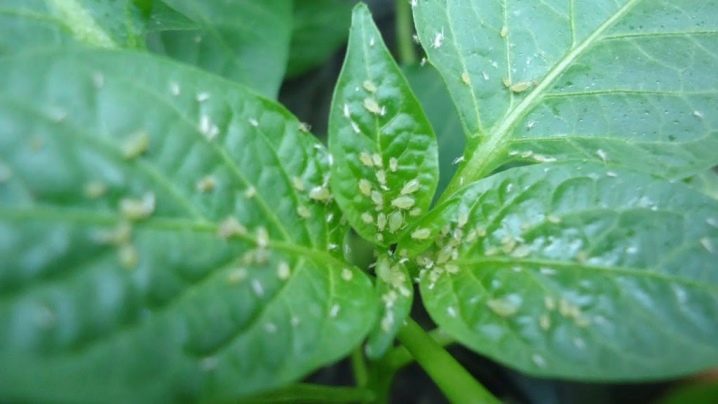
Dark spots that appear not only on the leaves, but also on the stem, are most likely a consequence of the attack of the scabbard. You can deal with this pest with a mixture of tobacco and soap diluted in water. If the pests have already reached the visible plant, then first they will have to be mechanically removed from the leaves using a wet cotton swab.
The easiest way to remove the mealyworm is to use a cloth soaked in alcohol to remove it yourself.
Next, you can use a citrus peel tincture or treat the plant with insecticides.
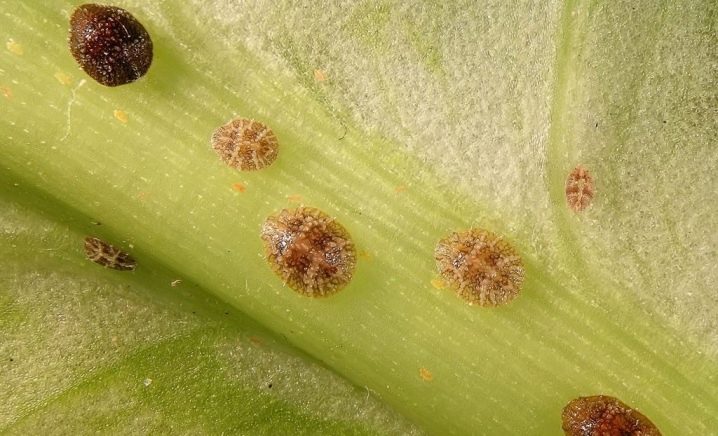
How and with what to treat a flower?
If the plant is affected by rot from the base, then most likely it will not be possible to save it. It will be possible to cure spathiphyllum only if only a few leaves were affected. Promptly removing the damaged parts, the bush will have to be quarantined and treated with a suitable agent, for example, "Fitosporin-M" or "Alirin-B".
In the case of this disease, it is much more important to carry out preventive measures. For example, choose only healthy plants for planting, when they multiply, immediately treat all wounds, and also disinfect all used tools and the pot.

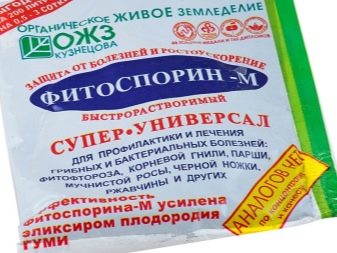
Reanimation of "female happiness" that has fallen from root rot is also often impossible. As for rot, it is useless to fight them when most of the plant is affected.Therefore, all treatment in this case is limited to a number of preventive measures. For example, when transplanting, the roots should be treated with "Glyocladin", choose only coarse-grained soil, and watering should be abundant, but rare.
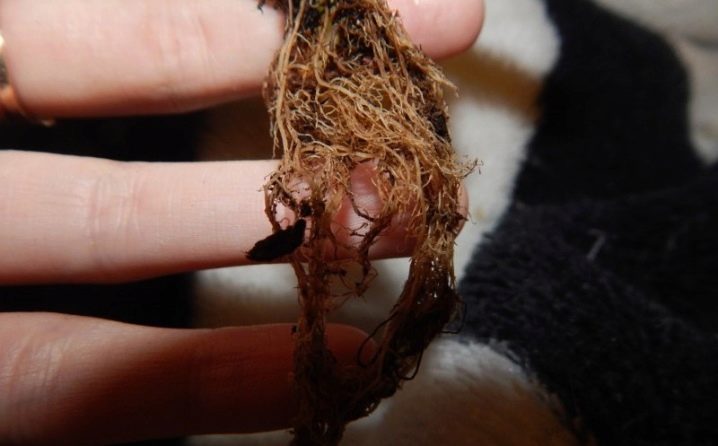
In principle, it is impossible to revive a flower that has fallen ill with late blight. Moreover, it is important to destroy the affected plant immediately, and ideally burn it, in order to stop the spread of the fungus that multiplies with the help of spores. Then you will have to do the following: process all indoor plants that were in the same room with the diseased late blight.
Purchased drugs, for example, "Alet", are suitable for this purpose.
Prophylaxis
The main preventive measure for the prevention of most diseases of spathiphyllum is properly organized home care. Every flower transplant must be done using fresh soil mixture. If the soil is purchased, then you do not have to do anything additionally, and if the soil is mixed independently, then it is better to ignite it in the oven or freeze it in the refrigerator.
Flowerpots and a variety of tools are also processed. All of the above is also typical for the reproduction of "female happiness". If during transplantation it was found that some of the roots are already rotting or dry, then they should be cut off immediately, and the cut points should be treated with cinnamon powder.
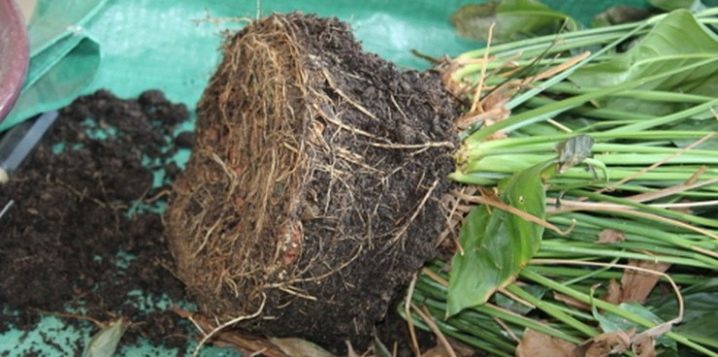
Spraying is best done using a sprayer with very small holes. It is important that not drops of water descend on the surface of the leaves, namely, an accumulation of microdroplets forms over the entire flower. Otherwise, there is a risk of active spread of rot. From time to time, it is worth spraying the plant with Fitoverm, which is an excellent prophylactic agent.
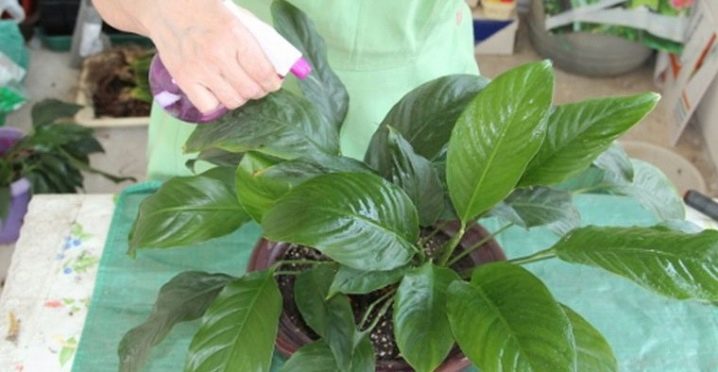
To keep the humidity at the right level, it is worth keeping containers of water next to the pot, especially in winter.
Finally, we must not forget about the importance of regular examination of the spathiphyllum. Since all diseases are accompanied by visually noticeable symptoms, their timely detection is the key to a successful cure.
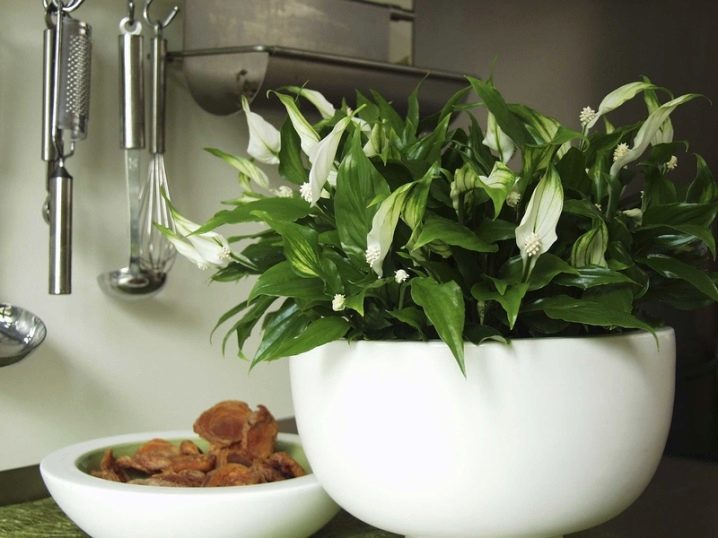
For information on how to reanimate spathiphyllium, see the video below.































The comment was sent successfully.